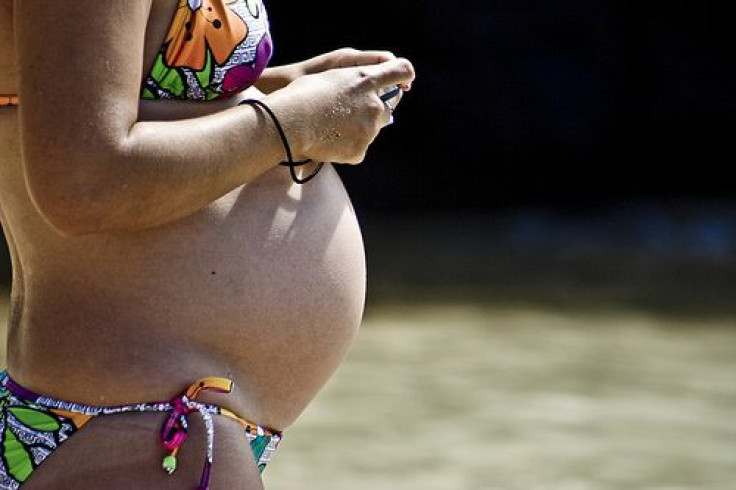Pregnant Women Drinking Less Overall, Despite Rates Among Heavy Users Holding Steady

The rate of alcohol consumption among pregnant women has declined over a four-year period, according to a study recently published in The Medical Journal of Australia, despite drinking rates holding steady for women considered high-level users.
Alcohol consumption during pregnancy may result in birth defects and fetal mortality, as the alcohol consumed by the mother passes through the placenta and into the bloodstream of the still-developing fetus. As alcohol consumption stands as one of the most prevalent substance abuse problems in Australia, researchers push for “broad public health messages for the general population and localized strategies for high-risk subpopulations.”
Fetal alcohol spectrum disorders — the range of physical and mental defects found in a child whose mother consumed alcohol during pregnancy — are 100 percent preventable, according to the Centers for Disease Control and Prevention (CDC). One study found the greatest risks come in the second half of the first trimester, but doctors have yet to agree on a safe time period or quantity to drink.
In the latest study, researchers from the Griffith Study of Population Health: Environments for Health Living looked at consumption rates between 2007 and 2011 among pregnant women in New South Wales and neighboring Queensland. Overall rates decreased from 52.8 percent to 34.8 percent, figures still considerably above U.S. rates — 7.1 percent of pregnant women reported at least one drink during the past 30 days in a 2006-2010 survey.
Barring the considerable decline in consumption rates among those recently polled, key demographics showed no significant changes in behavior.
"Despite the overall decrease in alcohol consumption after the first trimester of pregnancy from 2007 to 2011,” the report noted, “no significant decrease was found for women older than 35 years, single parents, those in the lowest household income quintile, those with a trade or apprenticeship education or those who used recreational drugs.”
These sobering statistics join high-risk drinking in their plateaued behavior. Researchers defined high-risk drinking as consuming five or more drinks on any one occasion. This behavior pattern occurred most frequently in low- to middle-income women with little education. Low-level drinking saw associations with more educated women and those from higher-income households.
"Low-level alcohol consumption after the first trimester increased with increasing age, education and income, and high-risk consumption after the first trimester was more common in single women and women who did not complete school,” the report noted.
In the study finding alcohol consumption had its greatest effects toward the end of the first trimester, researchers also found a baby’s risk for physical deformities increased with each drink during that time period.
Each additional drink increased the risk for abnormally shaped lips by 25 percent, a smaller head by 12 percent, and low birth weight by 16 percent.
“The take-home message is that there's not a low threshold level below which drinking alcohol doesn't raise the risk," of fetal alcohol syndrome, said study author Dr. Christina Chambers of the University of California, San Diego. "This supports the surgeon general's recommendation that drinking be avoided entirely."



























